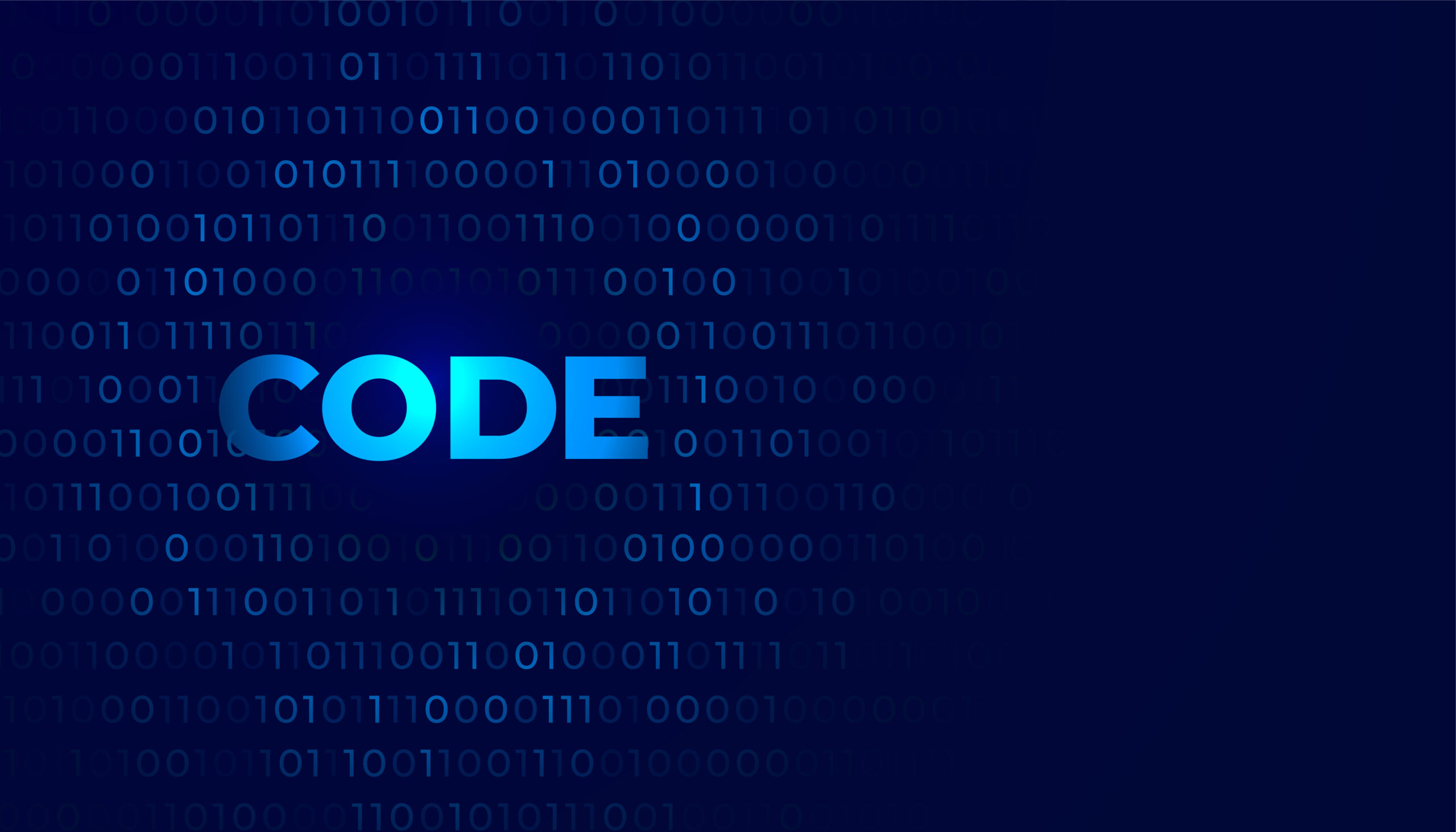In the world of web development, PHP remains a cornerstone for building dynamic and interactive websites. However, the sheer complexity and variety of tasks involved in modern web development demand frameworks that streamline the process, enhance productivity, and ensure robustness. Here, we delve into the top 10 PHP frameworks that epitomize efficiency and functionality, accompanied by detailed code snippets to illustrate their power.
Top 10 PHP frameworks to use in 2024 – Details
- Laravel: Undoubtedly one of the most popular PHP frameworks, Laravel offers elegant syntax and a rich set of features including routing, authentication, and caching. Here’s a simple example of routing in Laravel:
php codeRoute::get('/welcome', function () {
return view('welcome');
});
- Symfony: Renowned for its scalability and flexibility, Symfony empowers developers to create complex web applications with ease. Below is a snippet demonstrating controller creation in Symfony:
// src/Controller/DefaultController.php
namespace App\Controller;
use Symfony\Bundle\FrameworkBundle\Controller\AbstractController;
use Symfony\Component\HttpFoundation\Response;
use Symfony\Component\Routing\Annotation\Route;
class DefaultController extends AbstractController
{
/**
* @Route("/hello", name="app_hello")
*/
public function hello(): Response
{
return $this->render('hello.html.twig');
}
}
- CodeIgniter: Loved for its small footprint and simplicity, CodeIgniter facilitates rapid development without sacrificing performance. Here’s a glimpse of how you might define a controller in CodeIgniter:
codeclass Blog extends CI_Controller {
public function index()
{
echo 'Hello World!';
}
}
- Yii: Yii stands out for its high performance and security features, making it ideal for building both small and large-scale applications. Check out this snippet showcasing Yii’s ActiveRecord:
// Find the customer with ID 1 and echo the username
$customer = Customer::findOne(1);
echo $customer->username;
- CakePHP: With its convention over configuration approach, CakePHP accelerates development by reducing boilerplate code. Here’s an example illustrating how to define routes in CakePHP:
Router::connect(
'/articles/:action/*',
['controller' => 'articles']
);
- Zend Framework: Known for its robust architecture and extensibility, Zend Framework empowers developers to create versatile and scalable applications. Below is a snippet showcasing Zend’s MVC architecture:
codeclass IndexController extends Zend_Controller_Action
{
public function init()
{
/* Initialize action controller here */
}
public function indexAction()
{
// action body
}
}
- Slim: As a micro-framework, Slim excels in building APIs and small-scale web applications with minimal overhead. Here’s a glimpse of how you might define routes in Slim in serverless architecture:
use Slim\Factory\AppFactory;
$app = AppFactory::create();
$app->get('/hello/{name}', function ($request, $response, $args) {
$name = $args['name'];
$response->getBody()->write("Hello, $name");
return $response;
});
$app->run();
- Phalcon: Renowned for its speed and low resource consumption, Phalcon is a full-stack framework written in C and PHP. Below is a snippet showcasing Phalcon’s ORM:
// Retrieve robots ordered by the name
$robots = Robots::find(
[
"order" => "name",
]
);
- Flight: As a micro-framework, Flight provides simplicity and minimalism, allowing developers to quickly build RESTful web applications. Here’s a simple example of routing in Flight:
Flight::route('/hello', function(){
echo 'Hello World!';
});
- Aura: Known for its decoupled components and flexibility, Aura offers a suite of independent libraries for various web development tasks. Below is a snippet showcasing routing in Aura:
$router->add('hello', '/hello', function() {
echo 'Hello World!';
});
In conclusion, these top 10 PHP frameworks to use in 2024 cater to a spectrum of development needs, from rapid prototyping to building large-scale applications. By leveraging the right framework for your project, you can unlock efficiency, scalability, and maintainability, ensuring success in the ever-evolving landscape of web development.
FAQ: Top PHP Frameworks to use in 2024
- What is a PHP framework? A PHP framework is a collection of pre-written code, libraries, and tools that provide a structured approach to developing web applications using PHP programming language. It simplifies common tasks such as routing, database access, and form handling, allowing developers to focus on building the core functionality of their applications.
- Why should I use a PHP framework? Using a PHP framework offers several advantages including:
- Rapid development: Frameworks provide built-in features and conventions that streamline development, reducing the time required to build and maintain applications.
- Scalability: Frameworks are designed to support the growth of applications, making it easier to add new features and scale the application as needed.
- Security: Most frameworks come with built-in security features such as input validation, CSRF protection, and encryption, helping to mitigate common security threats.
- Community support: Popular frameworks have large communities of developers who contribute to their development, provide support, and share resources such as plugins and extensions.
- Which PHP framework should I choose? The choice of PHP framework depends on various factors including the requirements of your project, your familiarity with the framework, and the specific features you need. Some popular PHP frameworks include Laravel, Symfony, CodeIgniter, Yii, and CakePHP. It’s recommended to evaluate the features, documentation, community support, and performance of each framework before making a decision.
- What are the key features of a PHP framework? Key features of PHP frameworks include:
- MVC architecture: Most PHP frameworks follow the Model-View-Controller (MVC) pattern, which separates the application logic, presentation, and data layers, promoting code organization and maintainability.
- Routing: Frameworks provide a mechanism for defining URL routes and mapping them to specific controllers and actions, making it easy to handle incoming requests.
- Database abstraction: Frameworks offer database abstraction layers that simplify database access and management, supporting multiple database systems and providing tools for querying and manipulating data.
- Templating engine: PHP frameworks often include templating engines that facilitate the separation of HTML markup from PHP code, improving code readability and maintainability.
- Security features: Frameworks come with built-in security features such as input validation, output escaping, authentication, and authorization mechanisms to protect against common security vulnerabilities.
- Testing support: Many frameworks include testing libraries and tools that enable developers to write and execute unit tests, ensuring the reliability and stability of their applications.
- How do I get started with a PHP framework? Getting started with a PHP framework involves installing the framework, setting up your development environment, and familiarizing yourself with the framework’s documentation and conventions. Most frameworks provide detailed documentation, tutorials, and starter projects to help new users get up to speed quickly. Additionally, many frameworks have vibrant online communities where you can seek help, ask questions, and collaborate with other developers.







